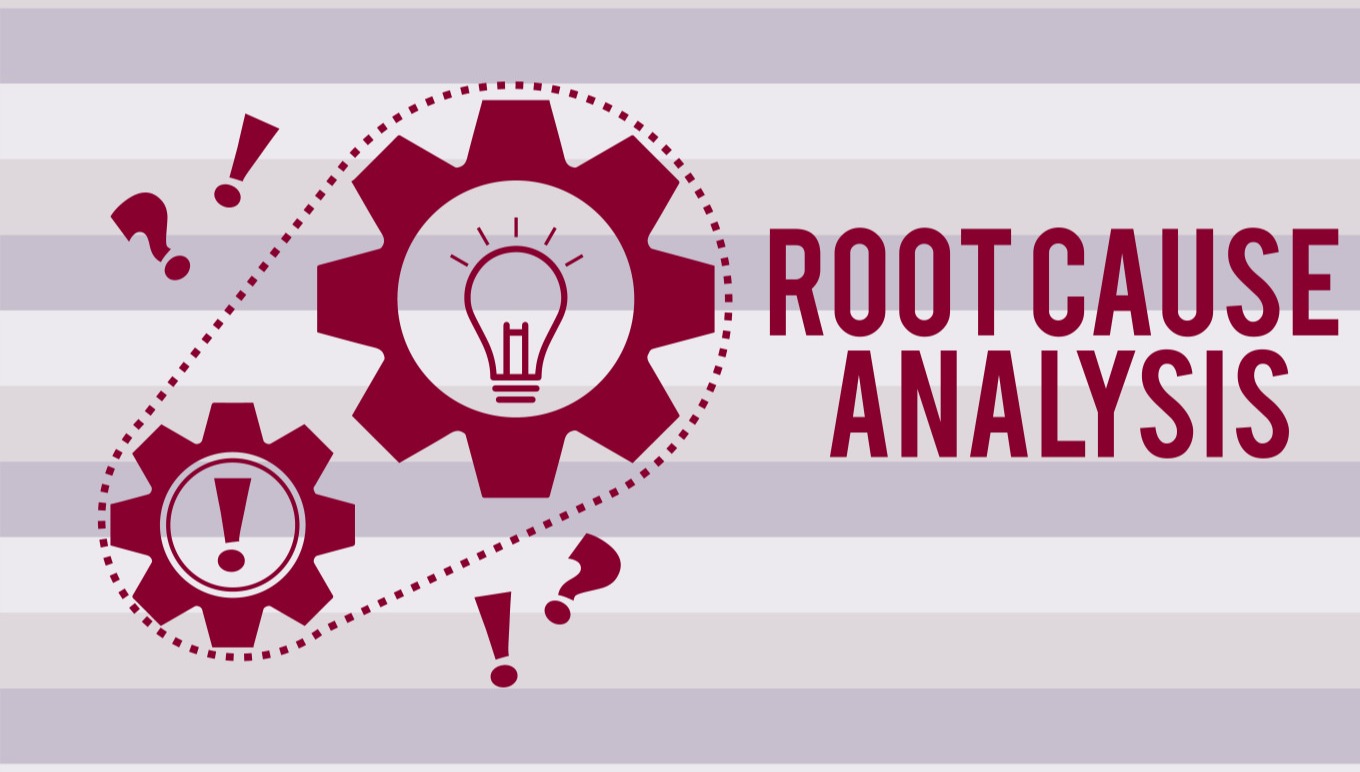Cyberattacks are a growing threat to businesses of all sizes. In the wake of a cyberattack, it is essential for enterprises to conduct a root cause analysis (RCA) to understand how the attack occurred and what steps can be taken to prevent future attacks.
What is root cause analysis?
Root cause analysis is a process of identifying the underlying causes of a problem or event. In the context of cybersecurity, RCA involves investigating the following questions:
- What were the initial symptoms of the attack?
- What systems or data were affected?
- How did the attacker gain access to the system?
- What vulnerabilities were exploited?
- What were the root causes of these vulnerabilities?
Why is RCA important after a cyberattack?
RCA is important after a cyberattack for several reasons. First, it helps enterprises to understand how the attack occurred. This information is essential for developing effective remediation and prevention strategies. Second, RCA helps to identify vulnerabilities in the organization’s security posture. This information can be used to prioritize security investments and improve the overall security posture of the organization. Third, RCA can help to improve the organization’s incident response capabilities. By understanding the root causes of cyberattacks, organizations can develop more effective and efficient incident response plans.
How to conduct a root cause analysis after a cyberattack:
The following steps can be used to conduct a root cause analysis after a cyberattack:
- Gather data: Collect all relevant data, including log files, network traffic data, and forensic data.
- Identify the initial symptoms: Identify the first signs of the attack. This information can be used to identify the attack vector and the systems or data that were affected.
- Reconstruct the attack timeline: Recreate the sequence of events that led to the attack. This information can be used to identify the attacker’s entry point and the vulnerabilities that were exploited.
- Identify the root causes: Analyze the data and timeline to identify the underlying causes of the attack. This may involve identifying vulnerabilities in the organization’s security posture, weaknesses in incident response procedures, or human error.
- Develop remediation and prevention strategies: Based on the findings of the RCA, develop and implement remediation and prevention strategies to address the root causes of the attack.
RCA is an essential tool for enterprises in the aftermath of a cyberattack. By conducting a thorough RCA, enterprises can identify the root causes of the attack and develop effective remediation and prevention strategies.
